Test: Automatic Control Systems - 3 - Electrical Engineering (EE) MCQ
25 Questions MCQ Test - Test: Automatic Control Systems - 3
The first column of a Routh array is

How many roots of the corresponding characteristic equation are in left half s-plane?

How many roots of the corresponding characteristic equation are in left half s-plane?
For the given figure, time constant RC = t. Then
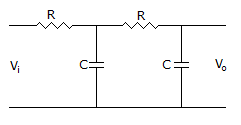


The entries in the first column of Routh array of a fourth order are 5, 2, - 0.1, 2, 1. The number of poles in the right half plane are
In Bode diagram (log magnitude plot) the factor (jω)n in the transfer function gives a line having slope
The magnitude of transport lag factor is always zero.
The primary function of lag compensator is to provide sufficient
The transient response of a second order system is given by  for 5% criterion the settling time is
for 5% criterion the settling time is
The polar plot of a transfer function passes through (-1, 0) point. The gain margin is
For the system in the given figure, the transfer function C(s)/R(s) is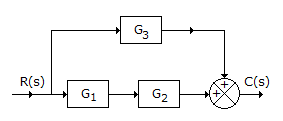
For the system in the given figure, the characteristic equation is 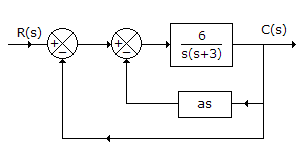
In control systems the magnitude of error voltage
The slope of log-magnitude asymptote changes by - 40 dB/ decade at a frequency ω1. This means that
If phase angle of open loop transfer function becomes - 180º at frequency ω1, then gain margin is equal to
A system with transfer function
may be approximated by the system
For the second order system having following differential equation
(When θ0 and θi are output and input) the natural frequency is
The frequency at which magnitude of closed loop frequency response is 3 dB below its zero frequency value is called critical frequency.
For a second order system, the position of poles is in the shaded region shown in the given figure. The variation in damping factor is
For a factor  in the transfer function, the log magnitude plot
in the transfer function, the log magnitude plot
The transfer function  has the characteristics of high pass filter.
has the characteristics of high pass filter.


 .
.



 .
.  and 3T = 0.75 secs.
and 3T = 0.75 secs. .
.  .
. 
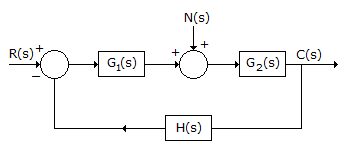
 can be for
can be for
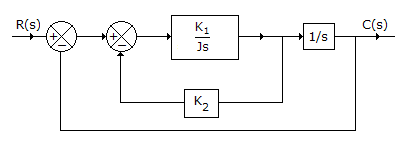
 .
.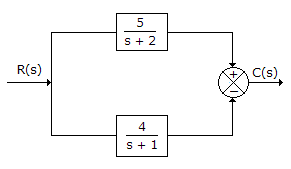
 there are two poles at s = -2 and s = -1 and one zero at s = +3.
there are two poles at s = -2 and s = -1 and one zero at s = +3. . In this case gain is |G(jω1)|.
. In this case gain is |G(jω1)|. gives a straight line with a slope of - 40 dB/decade.
gives a straight line with a slope of - 40 dB/decade.










